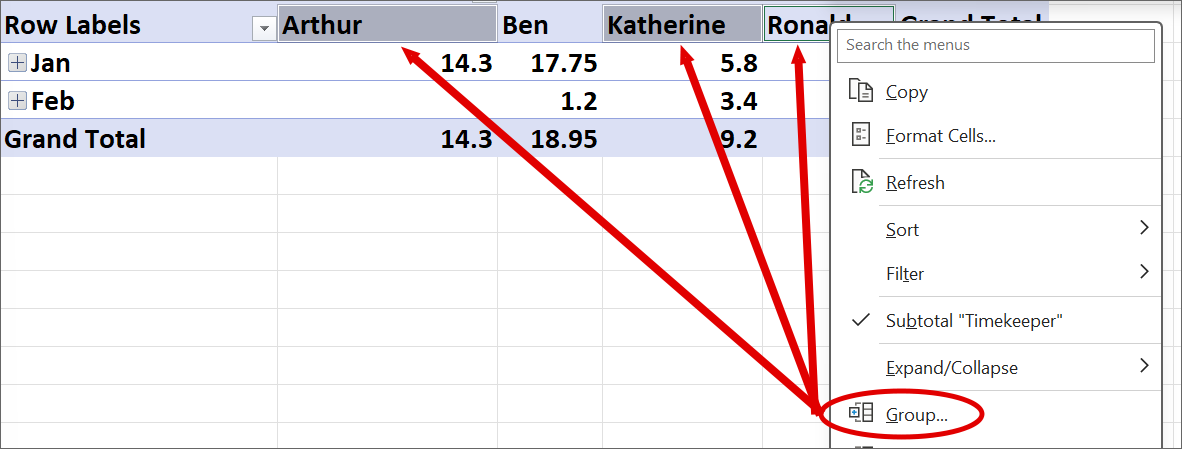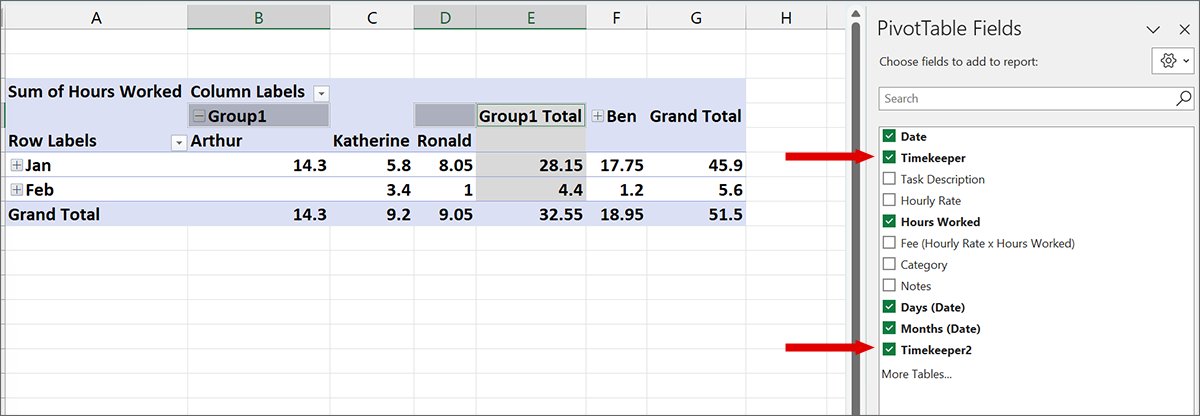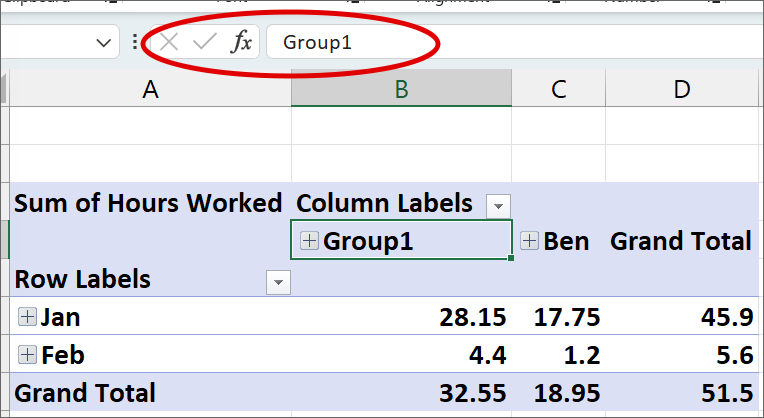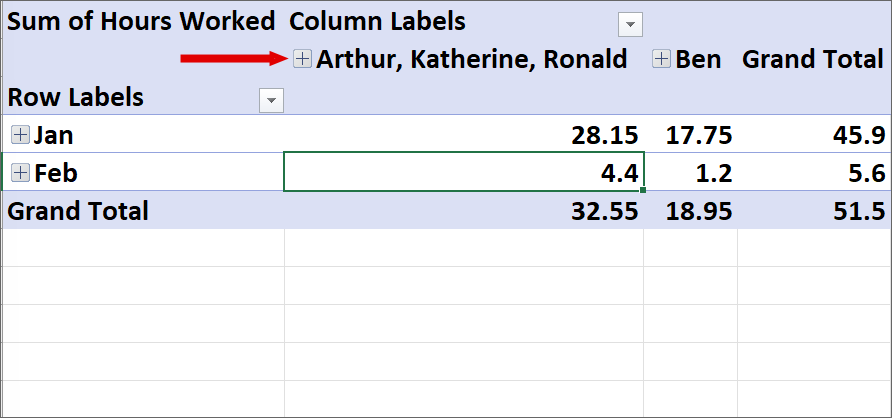News & Updates: Data in Practice: Communicating Data – Part 1
Data in Practice: Communicating Data – Part 1
Posted by Marie Jonas
In the law, being a gifted writer is invaluable. Whether it is persuading a court, or helping a client understand a complex issue, our words are everything. But what if counsel must communicate data? It comes up constantly: potential damages in a lawsuit, key comparisons in litigation, the output of an estate plan.
I have recently been reflecting on some key rules for effective legal writing. A few of my favorite principles (courtesy of Ernest Hemingway) can be boiled down to: (1) be concise; (2) be vigorous, and (3) tell a positive story. Below I begin to explore how lawyers can take these essentials for persuasive writing and adapt them to persuasive data. This month, we will tackle the first point, communicating concisely with data.
Be Concise
Show Not Tell
Imagine a lawyer is tasked with explaining time spent on a matter for the past several months. Compare the following:
Example 1
In January of 2023, Arthur worked 14 hours, Ben 17.8, Katherine 5.8, and Ronald worked 8.1 hours. The following month, Ben worked 1.2 hours, Katherine worked 3.4 hours, and Ronald 1 hour. The total hours for both months was just over 50.
Example 2
The monthly billing totals are below:

This sample may be exaggerated, but the point is clear. The second example conveys far more information, with fewer words. When the purpose of a communication is to inform or summarize, tables can serve the role more clearly and efficiently.
Aggregate Your Information
An Excel tool like PivotTables can facilitate concise communication in other ways. Here is a fun trick. Perhaps the client is interested in comparing Ben’s work to the total hours of his colleagues. You can use PivotTable to “group” the other values.
The PivotTable is set up with the following fields:

Using CTRL+[Left Click], select the cells with the names that you would like to group together. With the multiple cells selected, right click in one of the selected cells. Then select “Group” from the drop-down menu.

Now, the three names are combined in “Group1.” You will note, in the PivotTable “Fields,” under “Columns,” there is now a “Timekeeper” and a “Timekeeper2” – a generated field with the group data.

If you hit the minus sign next to “Group1” above the left-most column, the names will be collapsed together, and the corresponding values aggregated.
By selecting the cell with the “Group1” name and typing in the function bar, you can rename the group as appropriate.
With this aggregated information, you can tell a more concise data story with the table you copy into an email. Of course, to do this, select the relevant cells, click CTRL+C to copy, then paste them into your destination with CTRL+V.

Depending on your default “paste” settings, the formatting output of the data transfer could be impacted. Regardless of how it is formatted, however, counsel is now concisely conveying the most relevant information to the client.
Next month, we will review how formatting choices for your table output can impact the effectiveness of your communication.
Data permeates every aspect of legal practice. Data in Practice is a monthly feature to provide practical tools for attorneys to better organize, manipulate, and understand data. Whether it’s working with basic case information, preparing document productions, or conducting exposure analyses, a more robust knowledge of Excel is guaranteed to streamline your work. A few simple tools can help attorneys more efficiently and effectively represent their clients, and better navigate a professional landscape inundated with big data.
Marie Jonas is a Partner in Folger Levin’s litigation practice group. Marie has over a decade of hands-on experience working with Excel in all aspects of her practice: ranging from investigations to trial. If you have an idea for a topic involving practical data tips for lawyers, she can be reached at mjonas@folgerlevin.com.



